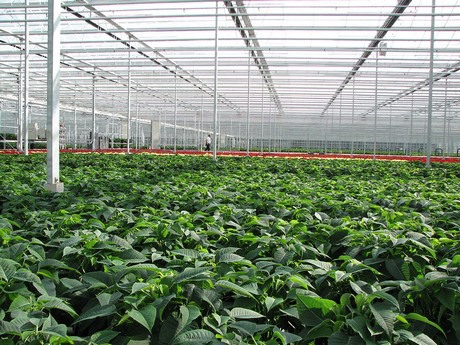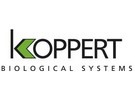In companies that deal in potted plants the pressure and damage caused by caterpillars increases, especially the Duponchelia fovealis cause a lot of damage. In recent years mainly digestive organic materials were being consumed by the caterpillars; now it is noticeable in many cultivations that vital plant parts are also on the menu.

The moths are in the greenhouse year-round which is why it’s important to keep track of the pest development using pheromone traps. Weekly measurements provide an insight into the number of moths that is active.
The caterpillars live a hidden life, they don’t like light and feel most comfortable in a moist atmosphere as found in the substrate and dead plant parts. Damage caused by the caterpillars eating starts in the stem and because of this is hardly noticeable at first, so the chance of an infestation happening is very high.
Wim van der Meer, a consultant on ornamental cultivation at Koppert gives advice on what can be done against the 4 stages of this pest insect.
"The egg stage is easily combatable by using the predatory mites called Macro-Mite. The larva and or caterpillar stage can be handled by spraying with Capsanem. This nematode is the natural enemy of the caterpillar. In the pupa stage there is not much that can be done, they look like a piece of turf substrate surrounded by webbing on the substrate surface. Finally, it can be combated, or at least noticed, in the butterfly/ moth stage by using pheromone traps and insect lamps. Identifying the problem on time and good company hygiene are the basis of combating these sneaky pests.”
For more information:
Koppert Biological Systems
E-mail: info@koppert.com
www.koppert.com
